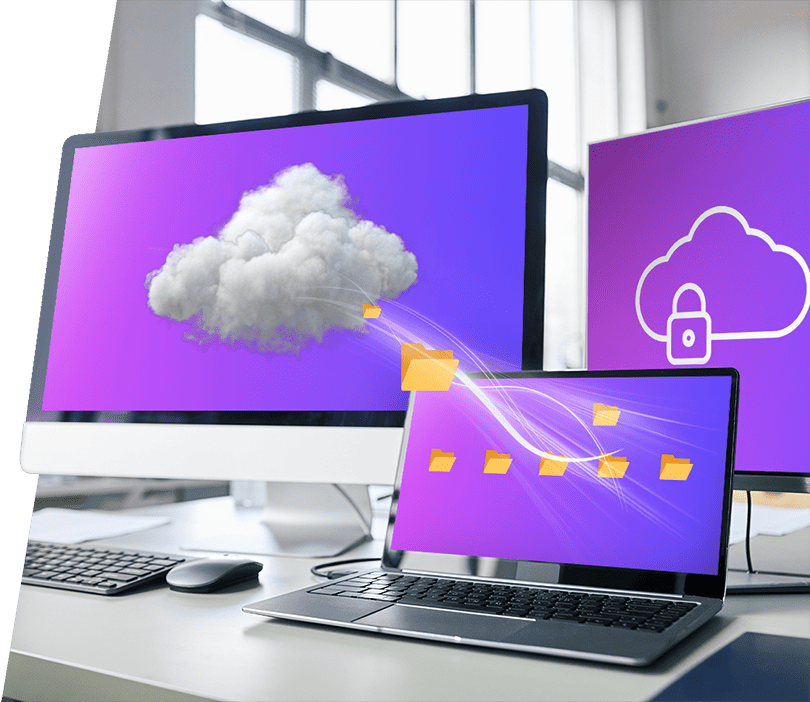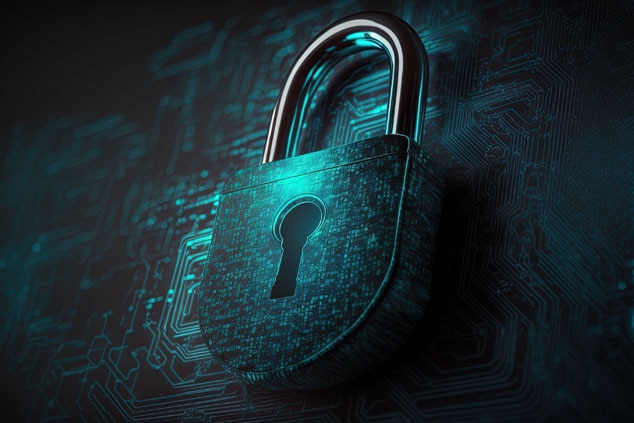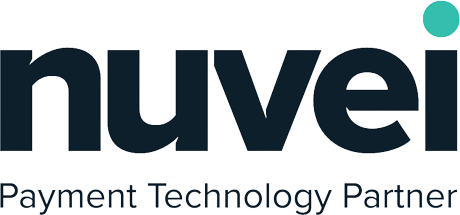E-Mail Security & Deliverability
Protect Communication.
Improve Marketing KPIs.

Go Beyond Legacy Solutions
We at GlobalDots hunt for the most cutting edge and relevant technologies out there.
Once tested and found qualified we bring you the most certified innovative products out there for every pressing use case.

Your Benefits
Protect your business data and assets from content-centric attacks targeting your employees, like phishing, email-borne malware and ransomware.

Protect your business partners and customers from phishing attempts out of your own email domain, and make your concern for their privacy & security evident.

 Reach their Inbox
Reach their Inbox
Maximize Email marketing potential and improve productivity by avoiding being marked as spam by contacts, prospects, customers, employees & more.

 Boost Knowledge
Boost Knowledge
Monitor who sends emails from your domain (customer support services, marketing campaigns, etc.) and engage your employees with information of ongoing attacks.

-
Can I switch between vendors if I’m not satisfied with one of them?
Yes, one of the main advantages of working with GlobalDots is that we have relationships with multiple vendors per solution category, so our customers can switch between vendors if they would like to. Moreover, we will proactively offer better vendors if we see the value for the customers in terms of features, capabilities or price.
-
How does GlobalDots keep up with the latest technologies in the market?
The people working at GlobalDots live and breath technology. We have relationships with all the cool startups and always seeking new vendors with innovative tech to offer to our customer base. We research and explore emerging technologies on a weekly and daily basis, we filter out the noise and focus only on the promising solutions we vetted that will bring the most value to our customers.
-
What does support look like when working with GlobalDots?
Our solutions architects, engineers and DevOps experts have hands-on experience with the solutions we resell and integrate. Our engineers work with you to resolve any issue to your satisfaction, and never leave you hanging. If needed, we’ll be the ones to engage directly with the vendor, so you don’t have to.
-
What are the critical issues to manage for a secure email solution?
Email is one of the most widely used forms of communication, and a prime target for cybercriminals. Email security encompasses a range of technologies, policies, and practices designed to safeguard the confidentiality, integrity, and availability of email data. When managing a secure email solution, several critical issues must be addressed to ensure the security and integrity of email communications. Some outlines of these key areas are:
- Email Encryption: Implementing Transport Layer Security (TLS) and encryption protocols like S/MIME or PGP for end-to-end encryption is crucial to protect the confidentiality of email content during transit and at rest. This ensures that even if emails are intercepted, the content remains unreadable to unauthorized parties.
- Authentication: Ensuring that only authorized users can access email accounts is vital for preventing unauthorized access and account takeovers. Leverage Multi-Factor Authentication (MFA) , strong password policies and possibly biometric authentication.
- Phishing: Deploy advanced threat protection tools that utilize AI and machine learning to detect phishing attempts. User education and awareness programs are critical to reduce susceptibility to these attacks.
- Spam and Malware Filtering: Utilize robust spam filters, anti-malware engines, and sandboxing technologies that analyze attachments and links in a secure environment before they reach the user
- Email Spoofing and Domain impersonation: implement DMARC (Domain-based Message Authentication, Reporting & Conformance), SPF (Sender Policy Framework), and DKIM (DomainKeys Identified Mail) to authenticate emails and prevent spoofing.
-
What are the email security solutions?
Email security solutions are a set of technologies, protocols, and practices designed to protect email communication from a wide range of threats, including phishing, spam, malware, and data breaches. These solutions ensure the confidentiality, integrity, and availability of email services within an organization. Some key examples are:
- Secure Email Gateway (SEG): they are services that act as a protective barrier between an organization’s email server and the external email ecosystem. They inspect incoming and outgoing emails for threats such as phishing, malware, spam, and data leaks.
- Anti-phishing solutions: These solutions use various techniques, including machine learning, URL scanning, and domain reputation analysis, to detect and block phishing attempts. They often integrate with SEGs and provide additional layers of defense.
- Spam Filters: Spam filters block unsolicited and unwanted emails, which often contain phishing links or malware. Advanced spam filters use heuristics, machine learning, and signature-based detection to distinguish between legitimate and spam emails.
- Email backup solutions: They securely store and index emails for long-term retention, allowing for easy search and retrieval. This is important for compliance, legal discovery, and disaster recovery.
- Authentication and Anti-spoofing tools: They verify the authenticity of email senders and prevent email spoofing, which is commonly used in phishing attacks. Leveraging protocols like SPF, DKIM and DMARC.
-
What is the relationship between SPF, DKIM and DMARC?
SPF, DKIM, and DMARC are three email authentication protocols that work together to protect email domains from spoofing, phishing, and other forms of email-based fraud. They serve different purposes but are designed to complement each other, providing a layered approach to email security. SPF and DKIM offer the technical mechanisms to validate email sources and content, while DMARC allows domain owners to enforce policies based on these validations and gain visibility into how their domain is being used (or abused) in the email ecosystem
- Sender Policy Framework (SPF): it allows domain owners to specify which IP addresses or mail servers are authorized to send emails on behalf of their domain. This helps prevent spoofing by verifying that the email comes from an authorized source. Indeed, when an email is received, the receiving server checks the DNS record of the sending domain for an SPF record. This record lists the IP addresses or hostnames that are permitted to send emails from that domain. If the sending server’s IP is not in the SPF record, the email may be marked as spam or rejected.
- DomainKeys Identified Mail (DKIM): It allows the sender to sign an email with a cryptographic signature, which is associated with the sender’s domain. This ensures that the email has not been altered during transit and verifies the identity of the sender. Indeed, the sending mail server generates a digital signature for the email using a private key and this signature is added to the email headers.When an email is received, the receiving server can retrieve the corresponding public key from the sender’s DNS records to verify the signature. If the signature is valid, it confirms that the email content has not been altered and that it was sent by a legitimate sender.
- Domain-based Message Authentication, Reporting & Conformance (DMARC): It leverages SPF and DKIM by providing a way for domain owners to publish policies on how to handle emails that fail SPF or DKIM checks. It also provides a mechanism for reporting, allowing domain owners to monitor and improve their email authentication practices. DMARC requires that an email passes either the SPF or DKIM check (or both) and that the “From” address aligns with the domain used in these checks (alignment). If an email fails both checks or doesn’t align, the receiving server applies the policy specified in the DMARC record, which can be set to “none” (do nothing), “quarantine” (mark the email as spam), or “reject” (reject the email).
-
How can I improve my email marketing deliverability?
By maintaining a good domain reputation and ensuring that your emails are authenticated, you can increase the likelihood of your emails reaching the intended recipients’ inboxes rather than being marked as spam. DMARC helps protect your domain from being misused, your domain’s reputation improves, leading to higher trust from ISPs and better inbox placement for your emails. Here’s how it’s possible:
- Implement DMARC with SPF and DKIM: Set up DMARC to align with SPF and DKIM to authenticate your emails, preventing spoofing and phishing attacks using your domain.
- Manage Dmarc policies: Gradually move to stricter policies to ensure that only authenticated emails are delivered.
- Monitor and Adjust: Use DMARC reports to monitor email traffic, identify issues, and adjust your authentication settings for better deliverability.















